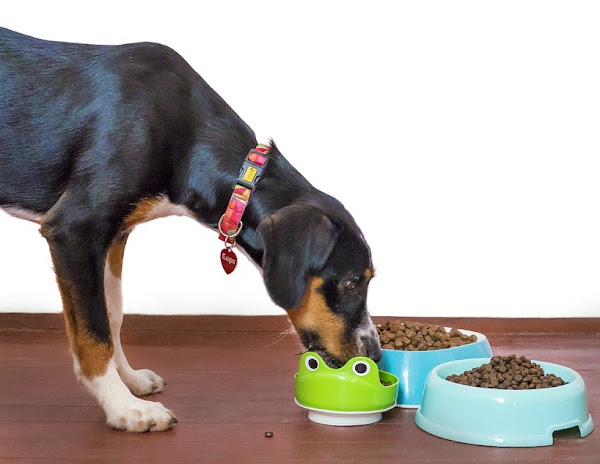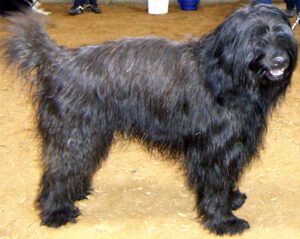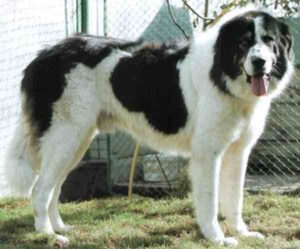As a responsible pet owner, maintaining your dog’s weight and health is a top priority. So, learning about exercise and weight management in dogs is very important. Regular exercise and a balanced diet are essential components of a healthy lifestyle for our furry friends. However, with an increase in sedentary lifestyles and the availability of high-calorie foods, the prevalence of obesity in dogs has skyrocketed.
To manage weight in your farm dogs, it’s important to monitor their food intake and make sure they are eating a balanced diet. The type and amount of exercise a dog needs will vary depending on their breed, age, and overall health.
A brisk daily walk can provide the necessary exercise for many dogs, while others may require more vigorous exercise, such as playing fetch or going for a run. It’s important to consult with an online vet to determine the appropriate exercise and weight management plan for your individual dog.
By understanding the importance of exercise and weight management in dogs, you can ensure your beloved pet stays happy, healthy, and active for years to come.
Here are some of the dos and don’ts of exercise and weight management in dogs:
Do’s:
- Do consult with a veterinarian to determine the ideal weight range for your dog based on their breed, age, and overall health.
Yes, it is important to consult with a veterinarian to determine the ideal weight range for your individual dog. Veterinarians consider factors such as breed, age, and overall health when determining a dog’s ideal weight range. They can also monitor the dog’s weight over time and make any necessary adjustments to their diet and exercise routine to ensure they maintain a healthy weight.
Regular check-ups and weigh-ins are also important to identify any potential health issues and address them in a timely manner. By working with a veterinarian, you can ensure your dog is receiving the best care and is on a path towards optimal health and wellness.
- Do provide your dog with regular exercise, such as walks, runs, and playtime, to help maintain a healthy weight.
A combination of walks, runs, and playtime can provide the necessary physical activity and mental stimulation that dogs need. Regular exercise is crucial for dogs to maintain a healthy weight and overall physical and mental well-being.

Physical activity, such as walks, runs, and playtime, helps to burn excess calories and prevent obesity, which can lead to a range of health issues. Additionally, exercise provides mental stimulation and helps to alleviate boredom, reducing the likelihood of destructive behaviors. In short, providing your dog with regular exercise is an essential aspect of responsible pet ownership and helps to ensure a happy, healthy life for your furry friend.
- Do incorporate interactive toys, like puzzle feeders and treat-dispensing toys, into their exercise routine to challenge their mind and body.
Puzzle feeders and treat-dispensing toys require dogs to think and problem-solve in order to access food or treats, providing mental stimulation and helping to alleviate boredom. These toys also offer an opportunity for physical activity as dogs work to figure out how to get to the reward.
By combining physical and mental stimulation, interactive toys can provide a well-rounded exercise experience for dogs and help to keep them physically and mentally fit.
- Do monitor their food intake and feed them a balanced diet that is appropriate for their age, weight, and activity level.
Feeding a dog too much or the wrong type of food can lead to obesity and a range of health problems. On the other hand, a balanced diet that is appropriate for a dog’s individual needs will provide them with the nutrients they need for optimal health.
It is also important to consider a dog’s age, weight, and activity level when determining their dietary needs, as these factors can influence the amount and type of food they require. By monitoring food intake and feeding a balanced diet, pet owners can help to ensure their dog stays healthy and happy throughout their life.
Don’ts:
- Don’t overfeed your dog or provide them with high-calorie treats and table scraps.
Overfeeding your dog or providing them with high-calorie treats and table scraps can lead to obesity and a range of health problems. Excess weight puts extra strain on a dog’s joints and internal organs, increasing the likelihood of conditions such as arthritis, diabetes, and heart disease. By avoiding overfeeding and providing high-calorie treats, pet owners can help to maintain their dog’s healthy weight and overall well-being.
- Don’t neglect regular exercise and allow your dog to become sedentary.
Sedentary behavior can lead to a range of health problems, including obesity, decreased cardiovascular health, and joint problems. Regular exercise also provides mental stimulation, helping to alleviate boredom and reduce the likelihood of destructive behaviors.
By providing regular exercise and preventing a sedentary lifestyle, pet owners can help to ensure their dog stays happy and healthy throughout their life.
- Don’t ignore any changes in your dog’s weight, appetite, or energy levels, as these may indicate a health problem.
Sudden changes in weight or appetite can be a sign of a range of health issues, including thyroid problems, digestive issues, and infections. Similarly, a lack of energy or enthusiasm for exercise can indicate underlying health problems such as pain, heart disease, or depression.

If you notice any changes in your dog’s weight, appetite, or energy levels, it is important to consult with a veterinarian to determine the underlying cause and provide appropriate treatment.
- Don’t force your dog to engage in strenuous exercise before they are ready or if they have any underlying health issues.
Pushing a dog to engage in exercise that is too intense or beyond their capabilities can cause injury or exacerbate existing health problems. Start with mild exercise and gradually increase intensity as your dog becomes stronger and more physically fit.
If your dog has any underlying health issues, it is also important to consult with a veterinarian before starting an exercise program, as some conditions may require modification or limitations on physical activity.
By gradually building up exercise and taking into account any underlying health issues, pet owners can help to ensure their dog stays safe and healthy while enjoying physical activity.
- Don’t let your dog become overweight or obese, as this increases the risk of various health problems, such as joint problems, diabetes, and cardiovascular disease.
Being overweight or obese puts extra strain on a dog’s joints and internal organs, increasing the likelihood of conditions such as arthritis, diabetes, and heart disease. It can also reduce a dog’s lifespan and quality of life.
Maintaining a healthy weight through a balanced diet and regular exercise can help to reduce the risk of these health problems and ensure your dog stays healthy and happy throughout their life.
Regular exercise can help dogs maintain a healthy weight, reduce the risk of obesity, and improve cardiovascular health. Additionally, exercise can provide mental stimulation and reduce behavioral issues such as boredom, destructive behavior, and anxiety.





